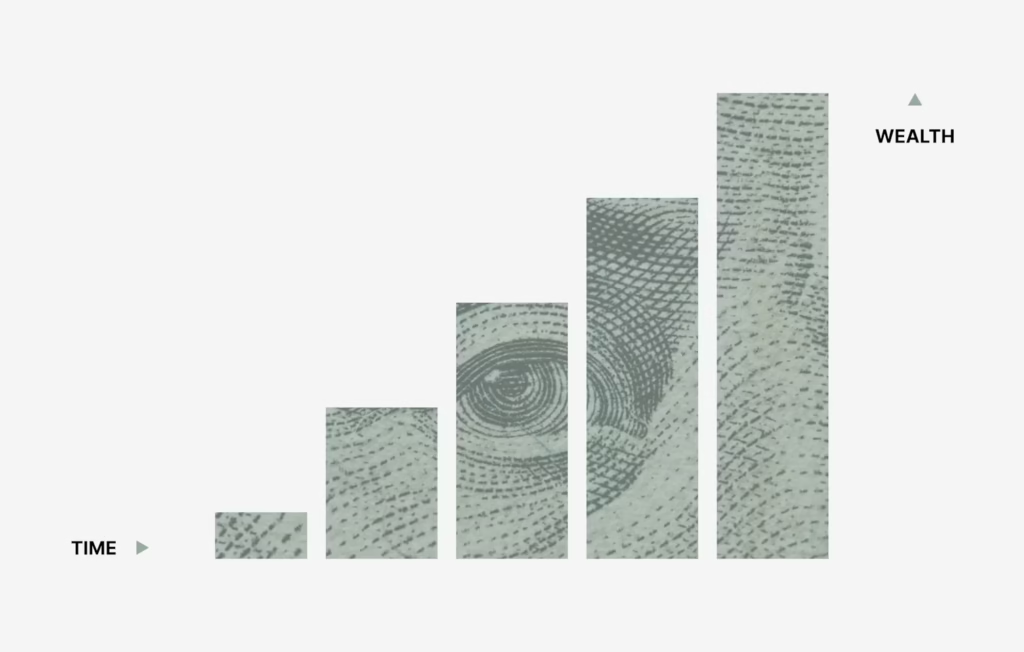Sector Rotation: Where Smart Money Is Moving in 2025
Sector rotation is a strategy employed by investors who seek to capitalize on the cyclical changes in market conditions. This strategy involves shifting investments from one sector to another based on economic trends, interest rates, inflation, and other macroeconomic factors. In 2025, we are witnessing a pronounced shift in sector preferences as institutional investors and “smart money” adjust their strategies to navigate the evolving economic landscape. In this article, we will explore which sectors are currently attracting the most attention and why they are emerging as strong contenders for investor capital.
What is Sector Rotation?
Sector rotation refers to the practice of moving investments from one sector to another as market conditions evolve. Typically, investors rotate between cyclical sectors, which perform well during periods of economic expansion, and defensive sectors, which tend to do better during economic slowdowns. For instance, in the early stages of an economic recovery, sectors like consumer discretionary, financials, and industrials often perform well. On the other hand, during periods of uncertainty or economic contraction, sectors such as utilities, healthcare, and consumer staples tend to be more resilient.
Sector Rotation in 2025: Key Drivers
In 2025, several key factors are influencing sector rotation. These factors include:
Geopolitical Tensions: Geopolitical uncertainty, including the ongoing trade war between the U.S. and China and the fallout from the Russia-Ukraine conflict, has created
Interest Rates: After years of low-interest rates, central banks like the Federal Reserve have started to raise rates to combat inflation. Higher interest rates can hurt growth stocks, particularly in the technology sector, as their future earnings are discounted more heavily. On the other hand, sectors such as financials and utilities can benefit from rising rates.
Inflation and Commodities: As inflation remains elevated, sectors like energy, materials, and commodities tend to outperform. These sectors often have the ability to pass on higher costs to consumers, making them attractive during inflationary periods.

